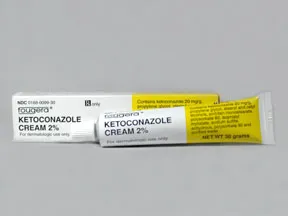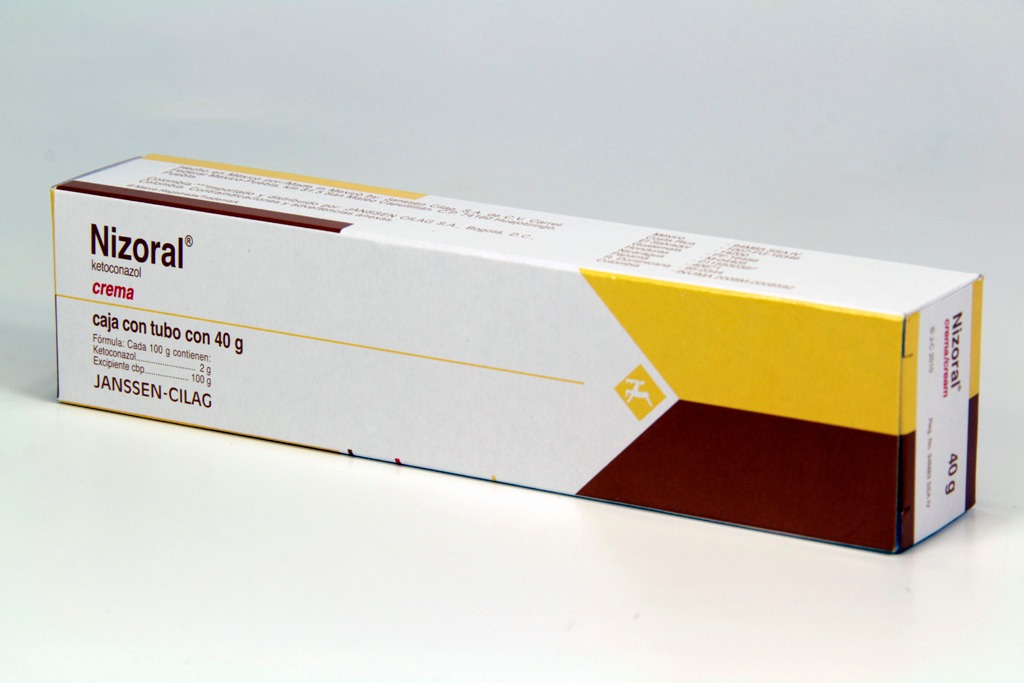

Nicotinic acid was the primary hypolipidemic operator appeared to diminish the rate of auxiliary myocardial localized necrosis (MI) and decrease add up to mortality in MI patients. No incremental advantage of the co-administration of extended-release niacin with lovastatin or simvastatin on cardiovascular failure and mortality repeatedly illustrated for extended-release niacin, simvastatin, or lovastatin monotherapy has been established. In clinical medication, nicotinic corrosive is utilized as an antilipemic, but nicotinamide (niacinamide) isn't successful for this reason. Nicotinic corrosive and nicotinamide have distinctive pharmacologic properties outside of their role as vitamins, and it is critical to recognize between the two structures in pharmaceutical contexts.

Both nicotinic corrosive and nicotinamide are synthesized for health supplements. Thus the word 'niacin' has been used to represent both chemical structures. The term 'niacin' has been utilized since the 1940's to avoid affiliation of the vitamins with the nicotine alkaloid from tobacco. Synthetic niacin may be delivered by the oxidation of nicotine, hence the term 'nicotinic acid'. Researchers coined the terms 'nicotinamide' and 'niacinamide' for the amide-like structure of nicotinic corrosive. Pellagra is the first vitamin-deficiency infection to ever reach scourge extents within the US pellagra is uncommon due to the enrichment of refined flours.Ī few equivalents of niacin and niacinamide exist. Pellagra may result from a niacin-and protein-deficient caloric intake, isoniazid treatment, or certain maladies that result in destitute utilization of tryptophan. A sign of niacin deficiency is pellagra, a clinical indication influencing the GI tract, skin, and CNS, creating side effects like loose bowels, dermatitis, and dementia, independently. Insufficient pyridoxine or riboflavin will slow the conversion of tryptophan to niacin and may contribute to deficiency due to interdependency of coenzymes within the niacin generation pathway. A combination of the vitamin from tryptophan in proteins supplies generally half of the body's niacin requirements. Each 60 mg of tryptophan (after protein union) is converted to around 1 mg of niacin. Eggs, for example, don't contain niacin, but do contain tryptophan, where niacin is derived. The body's niacin needs are met by the biosynthesis of niacin from tryptophan, an amino corrosive.

Niacin is used to enrich flour, and dietary intake of pre-formed niacin comes from enriched grains. Niacin is additionally found in cereal grains but is generally bound to plant proteins, and poorly absorbed after ingestion. Niacin (nicotinic corrosive or 3-pyridinecarboxylic corrosive) is also vitamin B3, a B-complex vitamin. Dietary sources of niacin include animal proteins, beans, green vegetables, liver, mushrooms, peanuts, whole wheat, and unpolished rice. The topical formulations are indicated for the treatment of tinea corporis, tinea cruris, tinea pedis, tinea versicolor, mucocutaneous candidiasis, seborrheic dermatitis, and dandruff.

Due to the potential for severe adverse events, oral ketoconazole should only be used to treat serious blastomycosis, histomycosis, coccidioidomycosis, paracoccidioidomycosis, and chromomycosis infections when no other antifungal therapies are available. Oral ketoconazole has been associated with fatal hepatotoxicity, adrenal gland suppression, and harmful drug interactions. Ketoconazole is an imidazole antifungal agent and is available as an oral tablet and various topical formulations. Overview of Acne Keto Cream Dosage Strength of Acne Keto Cream Ketoconazole / Niacinamide 2/4% 30 mL Pump General Information Ketoconazole


 0 kommentar(er)
0 kommentar(er)
